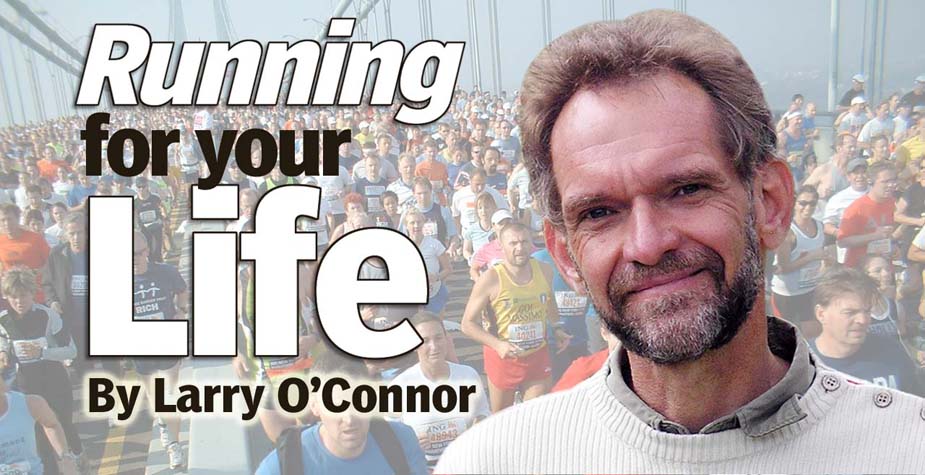Got $5 million in assets and
live in the United States?
Then you’re counted in Fortune
magazine (Aug. 1 edition)!
It’s hard to believe that Occupy
Wall Street was almost six years ago. At that time, a small protest group
camped out in Zuccotti Park in lower Manhattan. The group created a political
phrase, the forgotten 99 percenters, and helped create the conditions for a
surprisingly robust run by Vermont Senator Bernie Sanders for the presidency.
Where are we now?
That’s where the Fortune graphic
column comes in
The highlights: Global private
financial wealth increase last year by 5.3% to $166.5 trillion, according to
the Boston Consulting Group – with 45 percent of that dough held by 18 million
millionaire households worldwide.
The US is way out in front,
natch, with 7 million millionaire households vs. 2.1 million for China.
As to $5 million households, New
York City tops ’em all, with 81,240 (LA is No. 2 at 43,252).
Questions: Is it fair to pit the
haves vs. the have-nots? And just what to do about that?
Next: Running for Your Life: The Letter Campaign
